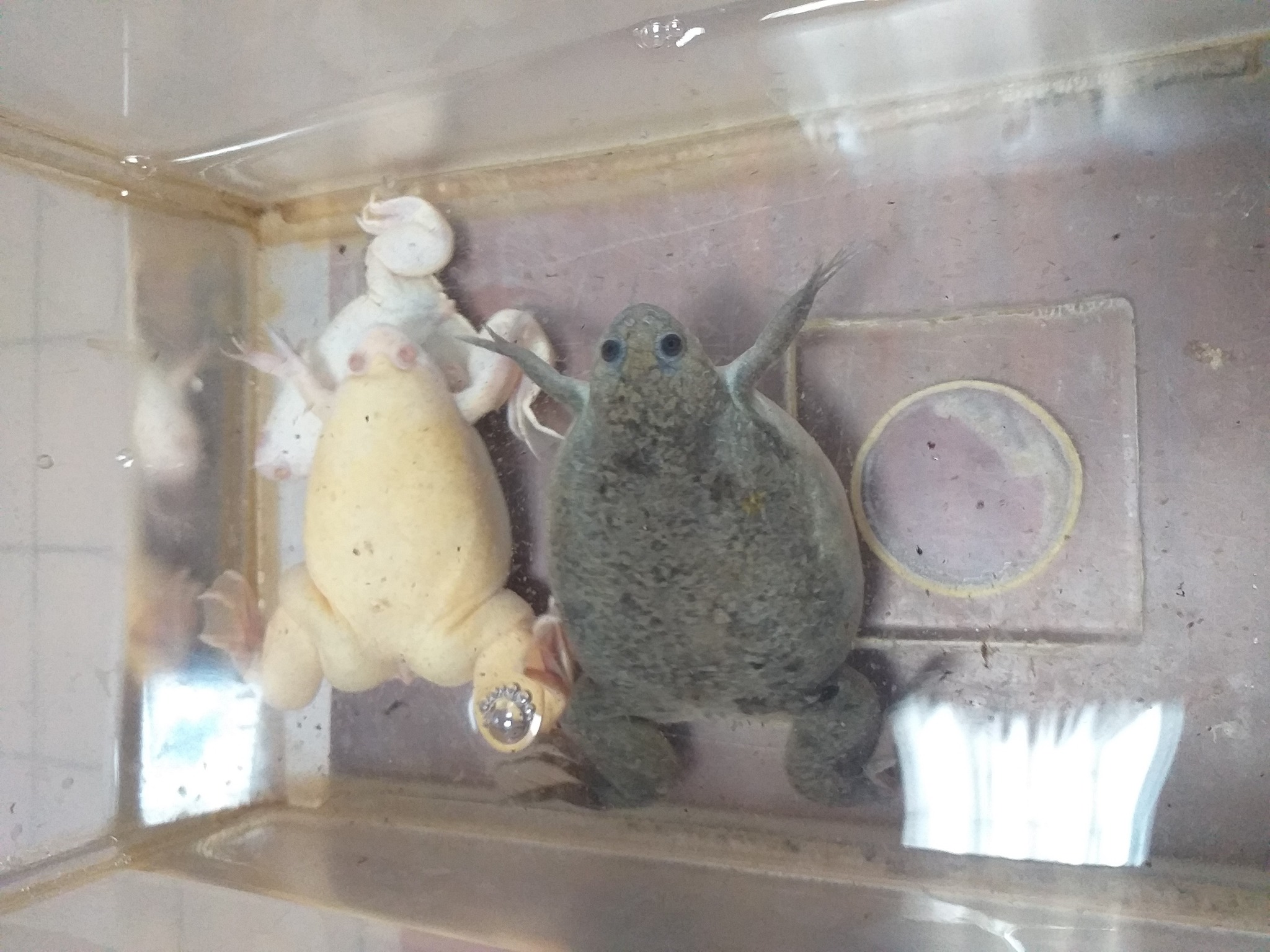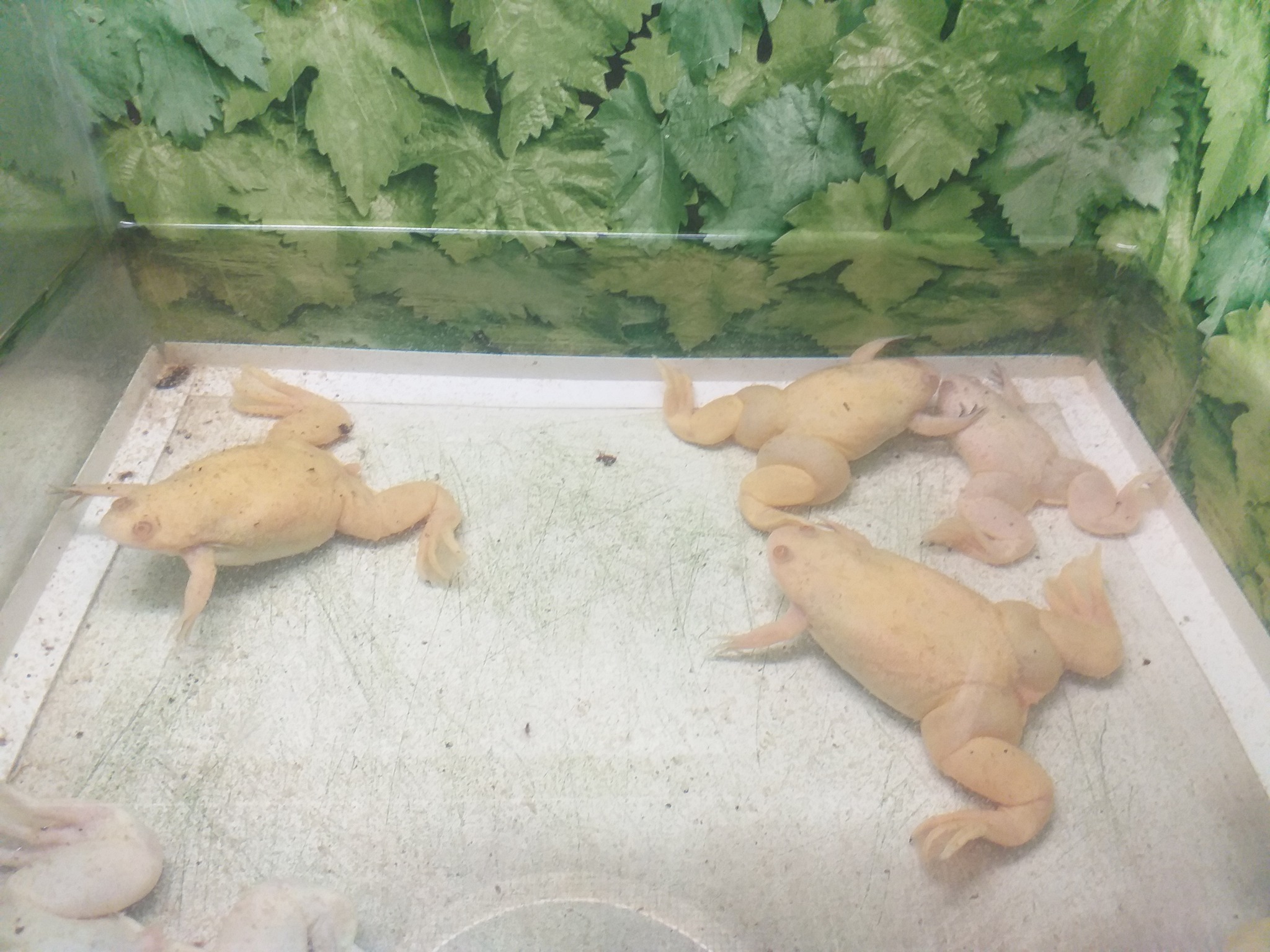Amphibians Awareness Week
May 5-11, 2024 is marked "Amphibians Awareness Week". Mykolaiv Zoo joins this important ecological and educational campaign. During the week, we will offer you interesting information about amphibians and show you which species of amphibians you can see in our exhibit.
Fact two: the distribution of amphibians.
Amphibians are cold-blooded animals with moist skin, without hard scales or other protective structures, so they are mostly found in warm, humid climates. It is in the humid tropics and subtropics that the largest number of amphibian species live. When moving to the north and south of the tropics, as well as to the mountains, the number of amphibian species decreases.
Amphibians live in different environmental conditions. There are aquatic forms among them that never go on land. These are mainly tailed amphibians (Proteidae, sirenians, most lungless salamanders, some newts). They breathe both with the help of gills and with the help of lungs, rising to the surface of the water and swallowing air (sirenians, Proteidae).
Most amphibians lead a semi-aquatic way of life: they reproduce and develop in water, in adulthood they live on land, maintaining contact with water bodies.
Among amphibians there are species that spend most of their lives in trees. These are mainly inhabitants of humid tropical forests, which reproduce on trees, laying eggs in hollows and on large leaves where water collects. Our frogs lead an arboreal lifestyle, but reproduce in water bodies. They climb trees with the help of rounded suckers on their fingers, the glands of which secrete a sticky secret.
Finally, there are amphibians that lead a subterranean lifestyle, digging burrows in moist soil and plant litter. Almost all legless amphibians belong to them.
In the photos taken today in Mykolaiv Zoo, you can see an African clawed frog (Xenopus laevis).

.jpg)
